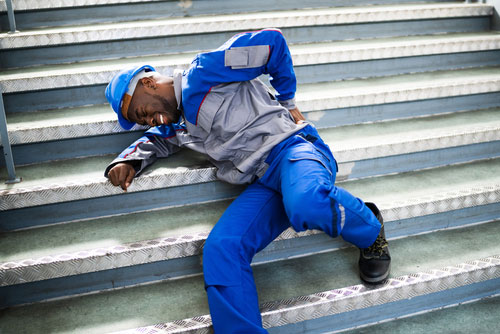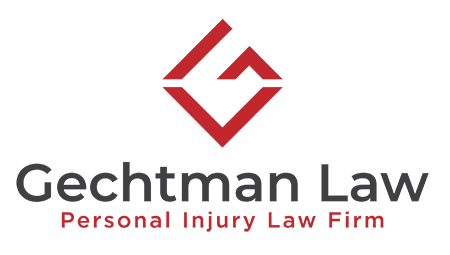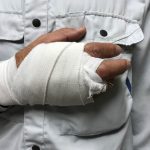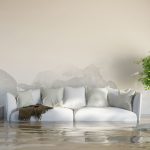Workplace Safety 101: Proactive Measures to Prevent Slip and Fall Injuries at Work
Whether it’s a slip, trip, or fall these are the leading causes of workplace accidents and injuries. While some slips and falls can be incredibly minor, others can lead to a variety of injuries including bruising, head injuries, broken bones, sprains, lacerations, spinal cord injuries, neck injuries, traumatic brain injuries, concussions, or chronic pain. In extreme cases, these incidents can lead to death.
- Need some perspective? Check out these stats gathered by the Bureau of Labor Statistics and CDC about slip and fall accidents.
- Falls account for over eight million hospital emergency room visits, representing the leading cause of visits at 21.3%. Slips and falls account for over one million visits or 12% of total falls.
- Slips and falls do not constitute a primary cause of fatal occupational injuries but represent the primary cause of lost days from work.
- The Consumer Product Safety Commission (CPSC) reported floors and flooring materials contribute directly to more than two million fall injuries annually.
- Fall fatalities are nearly equally divided between men and women. However, more women will experience a slip-and-fall accident, and falls accounted for 5% of the job-related fatalities for women compared to 11% for men.

With how severe these falls can potentially get, proactively managing your business with adequate training and safety practices can create a safe environment for both employees and customers. Beginning proper safety begins with understanding the three different types of falls and what causes them.
Slip
What is it?
A sudden loss of balance caused by too little friction between your feet and the surface.
How does it happen?
Wet surfaces, spills, and weather hazards.
What can employees do to prevent these incidents?
Practice safe walking skills, clean up and report spills, be extra cautious on surfaces such as newly waxed floors.
Trip
What is it?
Whenever your foot hits an object and you are moving forward with enough momentum it throws you off balance.
How does it happen?
Uneven flooring, cluttered pathways, rugs.
What can employees do to prevent these incidents?
Pay attention and be sure you can see where you are walking, do not carry heavy loads that you can not see over, walk in well-lit areas, report areas that have poor lighting.
Fall
What is it?
This occurs when you move too far off your center of balance.
How does it happen?
Unstable work surfaces or walkways, floor holes, unsafely positioned ladders.
What can employees do to prevent these incidents?
Do not jump off landings or loading docks, always use stairs when available, and wear appropriate shoes, use handrails when available.
If an employee finds a potential hazard, they should follow a quick-tree step system created to help manage any potential hazards. This process is to recognize the hazard, evaluate the hazard, and control or remove the hazard as soon as possible.
Luckily, most slips, trips, and falls are 100% preventable. Though employees can certainly take steps to avoid these incidents on their own; creating a clean, safe environment falls on the employer and should be properly maintained by the entire business. The Occupational Safety and Health Standards provide a general standard for surfaces in business. These surfaces include passageways, warehouses, storage rooms, service rooms, and working areas to name a few. The 1910.22 regulations state that:
- Workroom floors are to be kept clean, orderly, and dry
- Businesses must maintain a functional draining system
- Surfaces should be free of hazards including sharp objects, loose boards, corrosions, leaks, spills, snow or ice
- Working surfaces should support the maximum intended load
- Businesses should provide safe means of entering and exiting from walking surfaces
- Working surfaces should be inspected often and be kept in good condition
- Hazardous floors need to be repaired as soon as possible
To help prevent hazards in general, businesses should, in addition to the regulations listed above:
- Have warning signs for slick or wet surfaces
- Arrange any furniture or office equipment out of walkways
- Never allow employees to use damaged or outdated equipment
- Maintain proper lighting and replace any lightbulbs
- Secure mats, rugs, or carpets that do lay flat
- Cover cables that cross walkways
- Remove clutter, debris, or any other obstacle from walkways
- Ensure the right tools are available and being used for all jobs
- Implement safety plans and protocols: Slip and fall risk assessments, Set safety standards and practices, Slip, trip, and fall training for workers on-site, Regular inspections and maintenance checks




